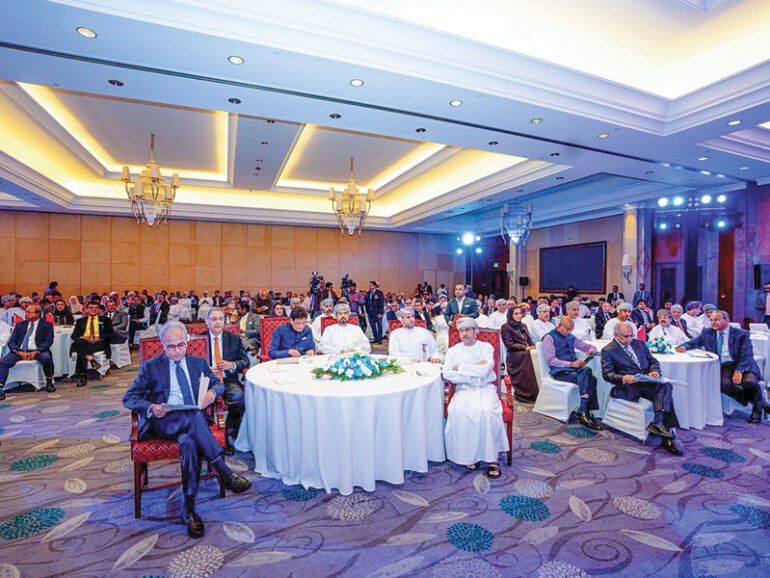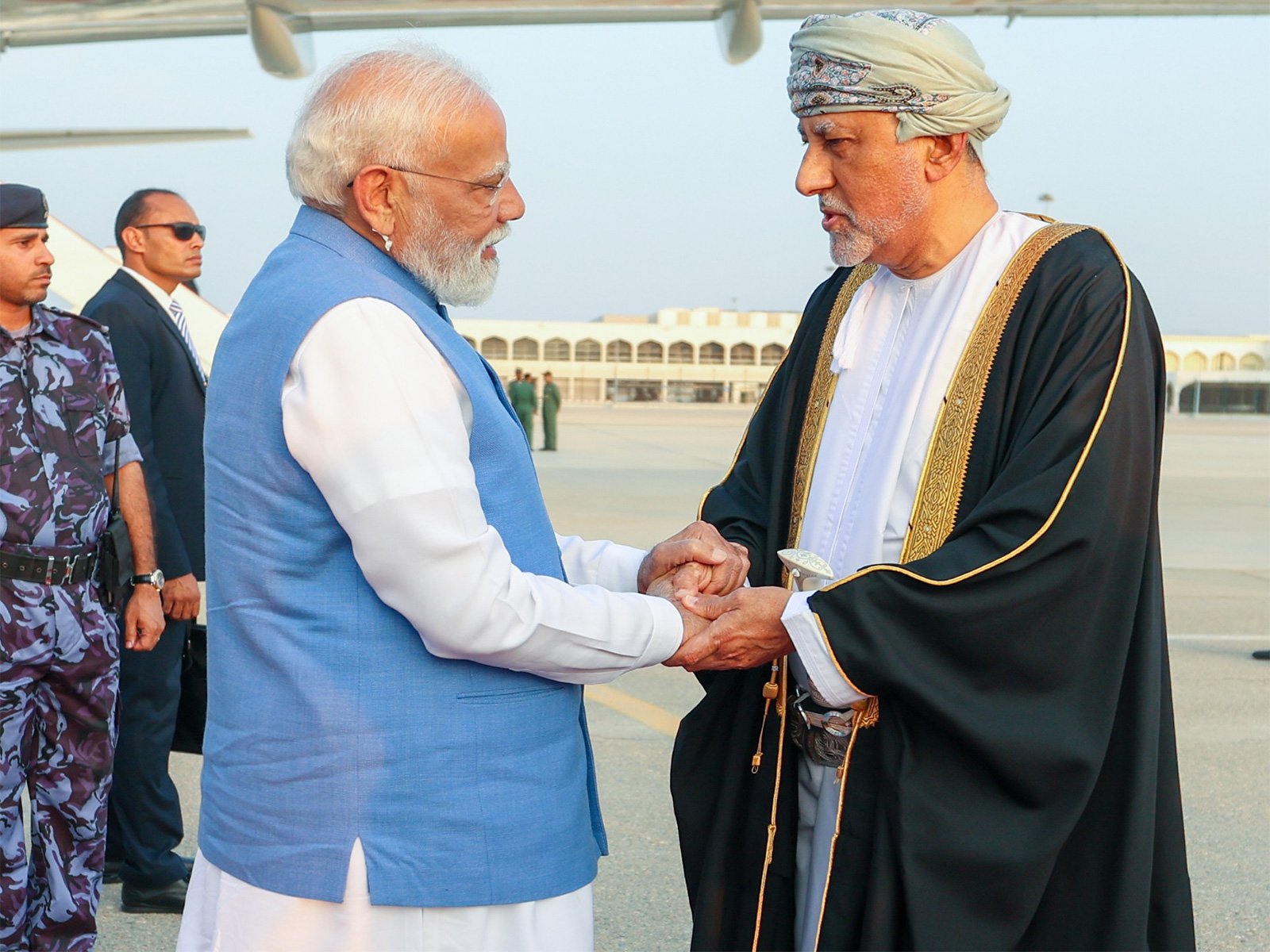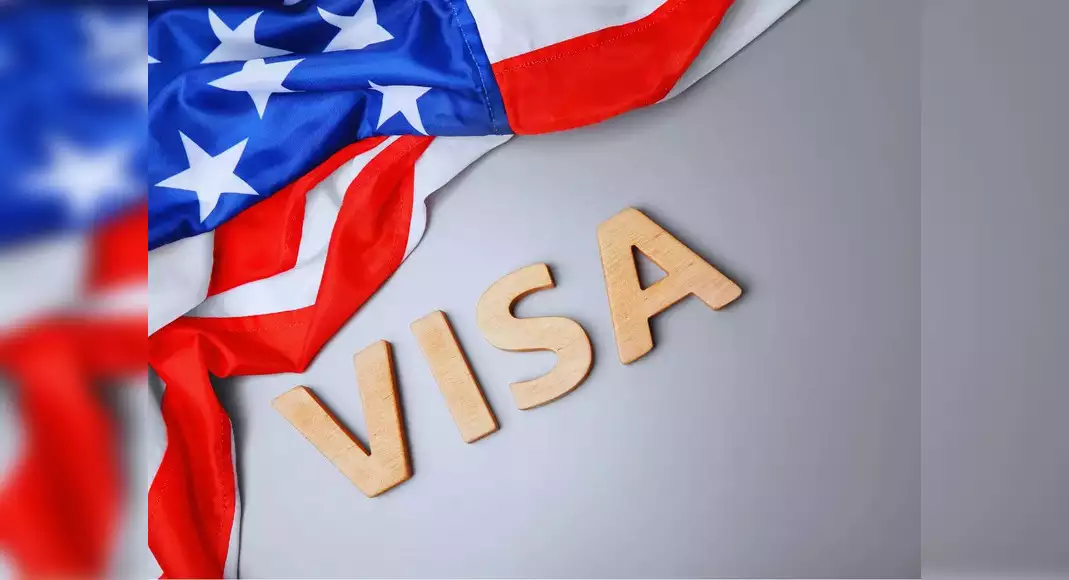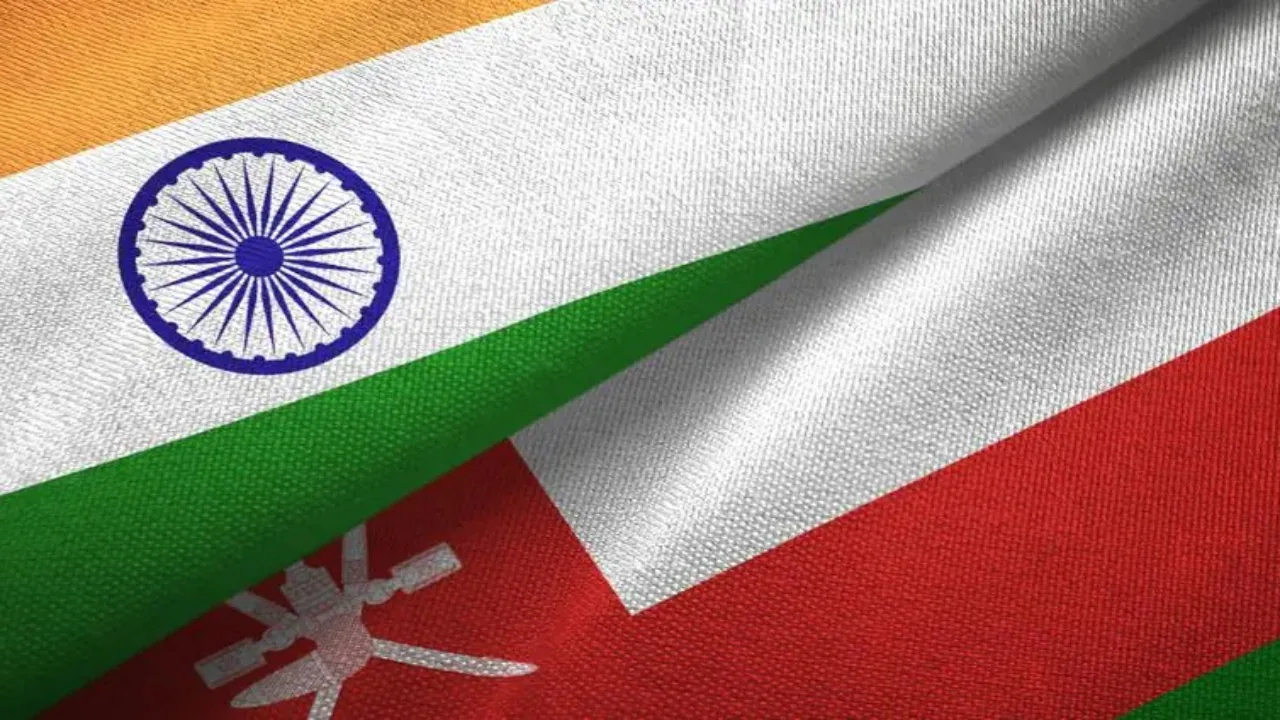With proactive measures at home and smart utilization of trade mechanisms abroad, India is aiming to shield its exporters and turn today’s trade disruptions into tomorrow’s opportunities
As global trade tensions escalate following the reintroduction of US reciprocal tariffs, Indian exporters are exploring new strategies to maintain their competitiveness—chief among them being the use of the United States’ Foreign-Trade Zones (FTZs), reported india-briefing.com.
On April 11, 2025, India’s Ministry of Commerce and Industry launched a Global Tariff and Trade Helpdesk to guide domestic exporters and importers through the evolving trade landscape. This initiative comes just days after US President Donald Trump announced a temporary 90-day pause on reciprocal tariffs for over 75 countries, including India. However, a base 10% tariff—effective since April 3—remains in place.
Analysts believe that by combining the use of FTZs with exemptions and local government support, Indian exporters—especially in sectors like textiles, leather, electronics, and auto parts—can offset rising costs and retain market share in the US
Experts suggest that routing goods through FTZs offers Indian exporters a strategic cushion. FTZs, located near US ports, allow companies to defer or reduce duties, store goods duty-free, and even re-export them without incurring US customs fees. Crucially, goods admitted under “privileged foreign status” in these zones are assessed based on their entry status into the FTZ, not when they enter the US domestic market.
Meanwhile, the DGFT’s online helpdesk offers exporters a platform to report concerns, including import/export challenges, regulatory changes, and supply chain disruptions. Users can submit queries through the DGFT portal or via email and toll-free number, with real-time tracking available.
Further relief comes from exemptions outlined by US Customs and Border Protection (CBP). For example, goods already in transit before April 5 and arriving by May 27 are exempt from new tariffs. Products with at least 20% US-origin components are also partially exempt.


